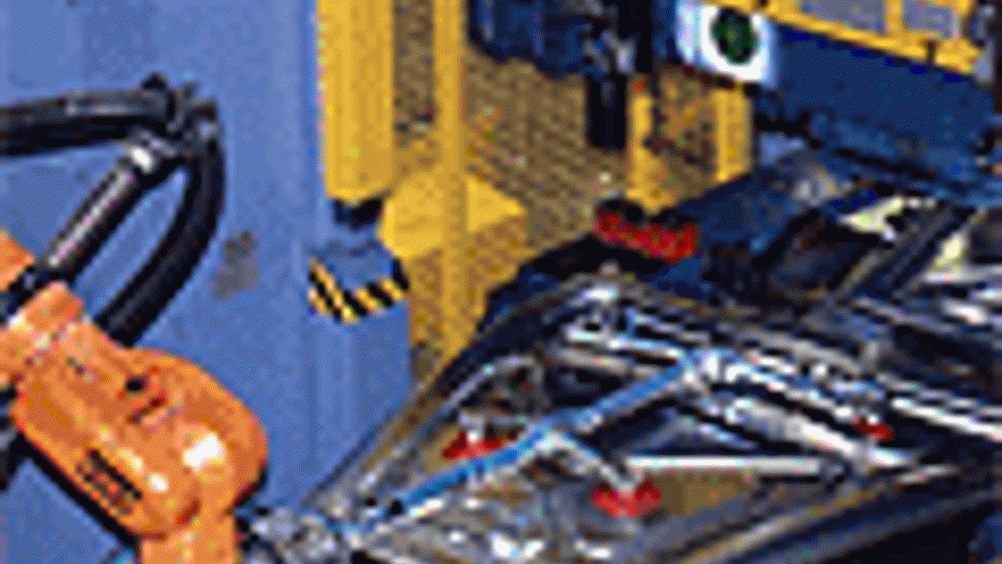Building blocks
Companies could improve efficiency and reduce energy consumption by overhauling their automation systems

The twin imperatives of saving costs and meeting environmental targets are forcing companies to run the rule over every aspect of their operations in the quest for energy efficiency. Increasingly, this includes their most fundamental corporate asset of all — the roof over their heads.
Automation technologies more commonly associated with industrial sectors are finding favour with the building services industry as it looks to offer customers control and management systems able to deliver the levels of sophistication demanded.
One of the biggest names in industrial automation, Mitsubishi Electric, confirmed that building automation has risen up its agenda. Adhering to the time-honoured principle that it is best to get your own house in order before advising others on how to sort out theirs, Mitsubishi turned its attention to its headquarters in Hatfield, Hertfordshire, in a bid to show what could be achieved by installing the latest control and management technologies.
The Hatfield building is, according to Mitsubishi, a classic example of the type of commercial premises that companies are now looking to overhaul. Built in the 1980s, when energy efficiency was a relatively low priority and carbon impact was off the radar altogether, it still looked the part but was ripe for refurbishment below the surface.
Register now to continue reading
Thanks for visiting The Engineer. You’ve now reached your monthly limit of news stories. Register for free to unlock unlimited access to all of our news coverage, as well as premium content including opinion, in-depth features and special reports.
Benefits of registering
-
In-depth insights and coverage of key emerging trends
-
Unrestricted access to special reports throughout the year
-
Daily technology news delivered straight to your inbox










Water Sector Talent Exodus Could Cripple The Sector
Maybe if things are essential for the running of a country and we want to pay a fair price we should be running these utilities on a not for profit...